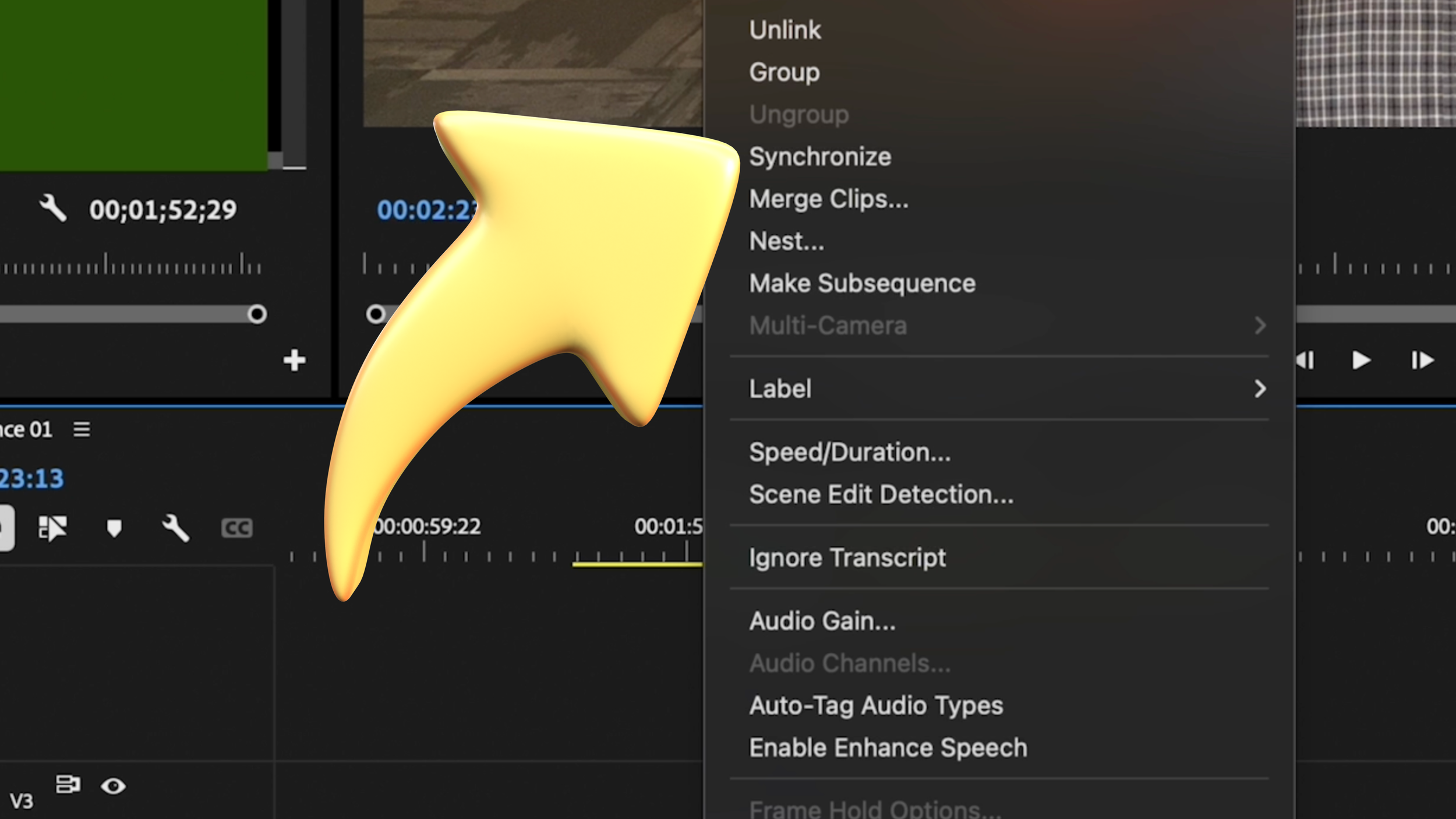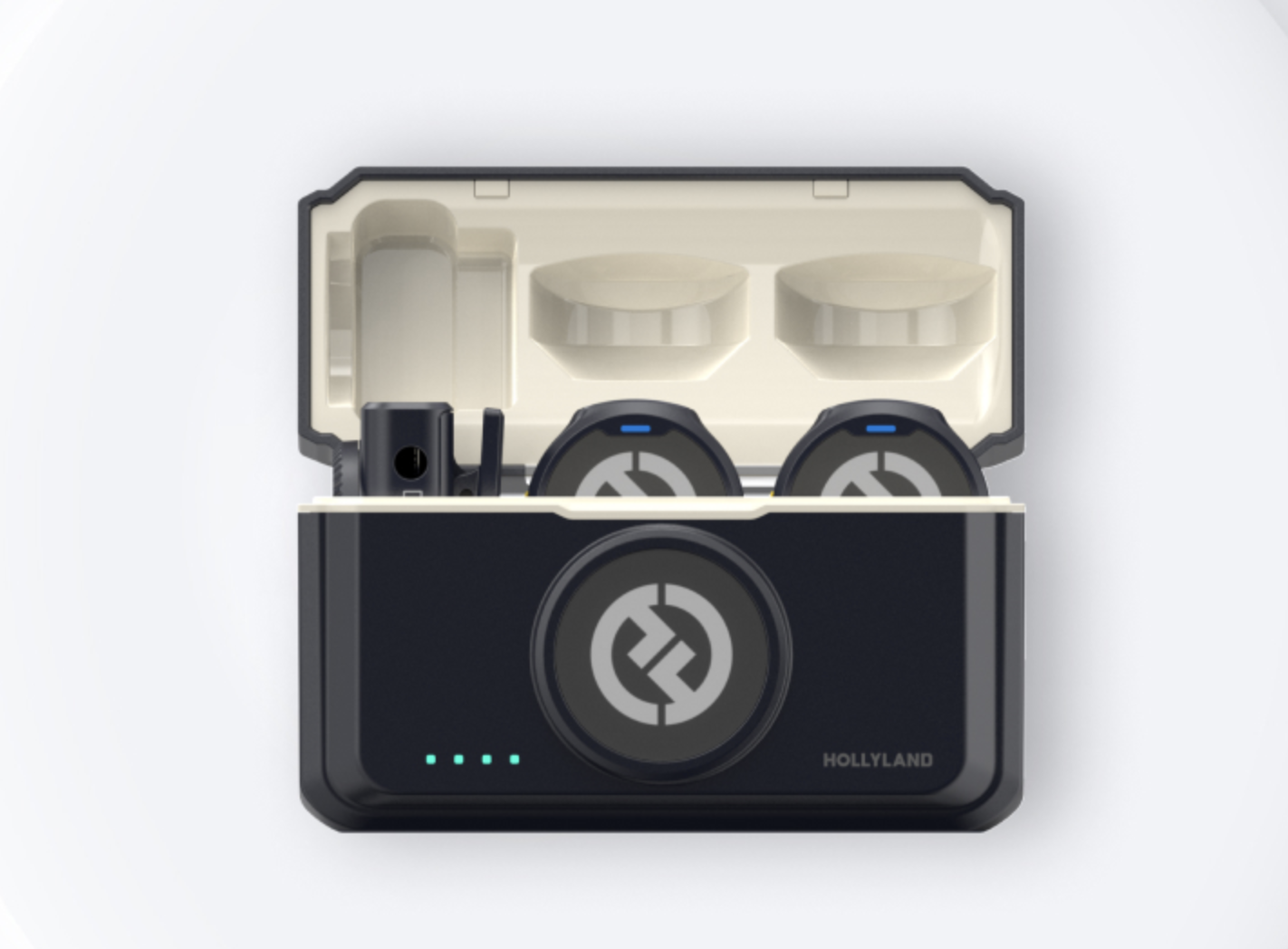How to Teach Interview Framing (Without Losing Your Mind)
Proper placement of the subject and interviewer make for more pleasing and professional images.
I know I can’t be the only one. The only teacher who has spent weeks walking students through news packages, only to have them bring back interviews that look like they were shot in a witness protection program. After all that talk about the rule of thirds, composition, and making people look their best on camera, they somehow find new ways to make framing a disaster.
Today, I had to hit pause on everything and throw together an impromptu lesson—again—on where everyone should be positioned when filming an interview. So, I figured I’d put it here too. Let’s be honest, this isn’t just for you; it’s for future me when this same problem comes back in a few months.
Why Interview Framing Actually Matters
Framing isn’t just about making things look nice—it’s about making people look credible. A poorly framed subject can seem awkward, insignificant, or even untrustworthy. On the flip side, a well-framed shot feels natural, balanced, and keeps the audience engaged in what the person is saying.
So what’s the trick? The rule of thirds. Imagine your frame divided into a tic-tac-toe grid. Instead of plopping your subject in the dead center, align them with one of those vertical lines. Then, make sure their eyes are looking just off-camera toward the interviewer. Simple, right? You’d think so…
The Classic Interview Framing Disasters (And How to Fix Them)
If you’ve taught video for any amount of time, you’ve seen all of these before. Here are the greatest hits of interview framing fails—along with the fixes.
1. The "Ear Hole" Interview
What Happens: The subject is turned toward the interviewer, but the camera is set up on the wrong side. So instead of a clear, natural angle, we get an extreme profile shot… and a lovely view straight into their ear canal.
How to Fix It: The interviewer should always sit just to the side of the camera, so the subject turns slightly while still facing forward. A good rule of thumb? The camera should see both of their eyes and one ear. If their nose is practically touching the edge of the frame, you’re on the wrong side.
2. The "Backward Balance Blunder"
What Happens: The subject is squished into one side of the frame, but all of the empty space is behind them. This not only looks off-balance, but it also makes them feel closed off.
How to Fix It: The space should always be in front of the subject, not behind them. Shift the subject slightly so they’re aligned with their eyeline, giving the shot a more natural, open feel.
3. The "Floating Head" Dilemma
What Happens: Either the subject’s head is nearly cut off at the top of the frame, or there’s a massive gap above them, making it look like they’re sinking into the bottom of the shot.
How to Fix It: Keep the subject’s eyes along the top horizontal line of the rule-of-thirds grid. That little adjustment almost always nails the headroom perfectly.
Beyond Framing: Background & Lighting Basics
Even if the framing is perfect, a bad background or poor lighting can ruin an interview. Here’s how to clean up those common mistakes.
Background Dos & Don’ts
Keep it simple and uncluttered. The focus should be on the subject, not what’s behind them.
Pull the subject a few feet away from walls to add depth… or better yet, shoot down hallways.
Avoid bright windows or anything visually distracting behind them.
Lighting Rules for a Clean Look
Soft, even lighting makes people look their best.
The key light (main light source) should be at a 45-degree angle from the subject.
If possible, use a fill light or reflector to soften shadows.
The Ultimate Interview Framing Checklist
Print this. Hand it to students. Tape it to your studio wall. Whatever it takes to stop the chaos.
Subject Placement: Off-center, facing the interviewer. Both eyes and one ear should be visible.
Headroom & Balance: Maintain proper headroom. Keep “talking space” in front, not behind.
Background: Keep it simple and free of distractions.
Lighting: Soft and even, with the key light at a 45-degree angle.
Final Thoughts
Your students might not realize it yet, but learning these basics will take their work from amateur to professional. A well-framed interview doesn’t just look good—it makes the subject feel comfortable, builds credibility, and keeps the audience engaged.
So next time you see another hostage-looking interview setup, take a deep breath. Hand them this guide. They’ll get it eventually. And when they do, their interviews will finally look as professional as the stories they’re trying to tell.
Now, let’s go fix some frames.
Meet the Author, Josh Dempsey
Josh Dempsey is a video and film teacher at Marietta High School in Marietta, Georgia. With nearly 20 years of experience in the classroom, Josh is just as excited as his students to keep learning about the power and possibilities of this visual medium. He invites you to follow his students and their work online by following them on social media @bdn_marietta.
Josh loves traveling with his wife, Megan, and their three kids, and more pets than should be allowed. If you want to follow their adventure and get some tips and tricks for RV travel and epic road trips, check them out on Instagram at @eastrollswest.







Got shaky footage? No problem! In this quick tutorial, learn how to use Warp Stabilizer in Adobe Premiere Pro to smooth out your shots effortlessly.